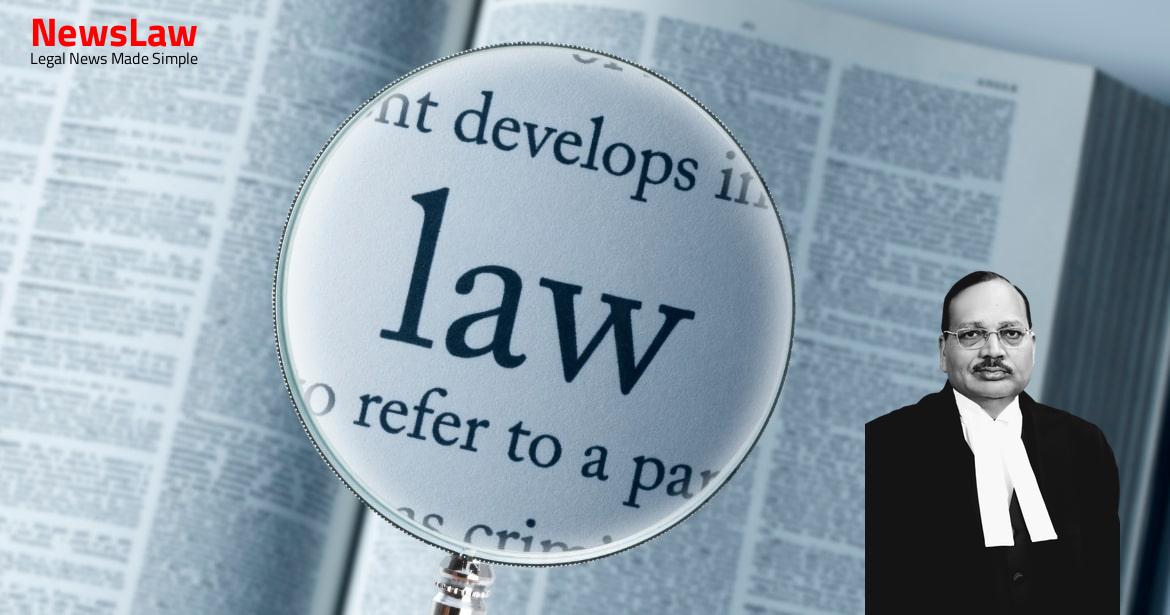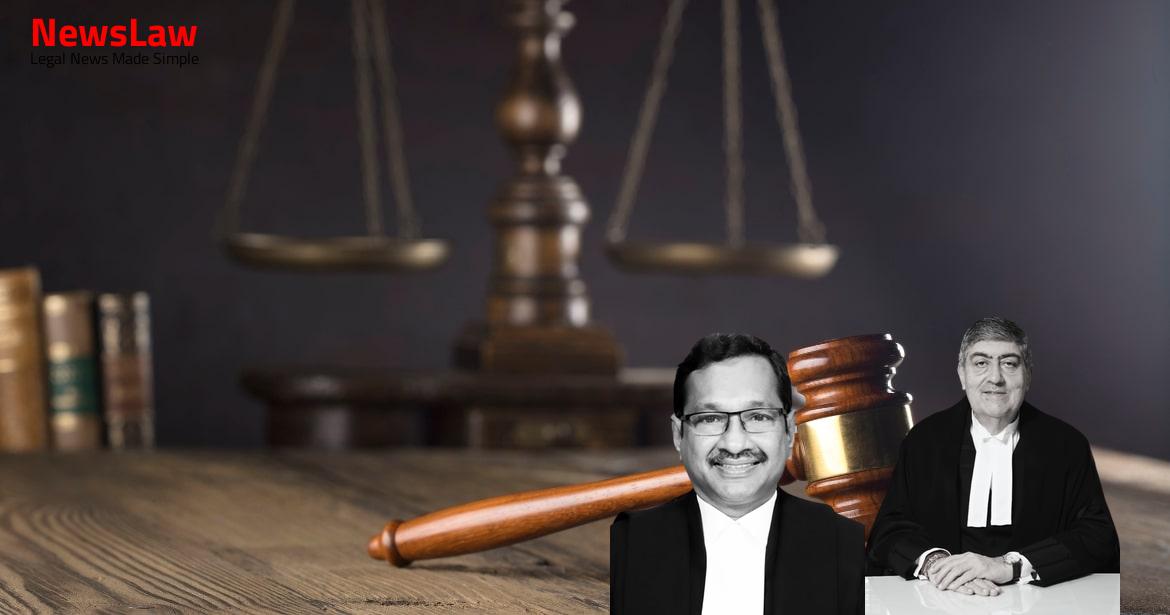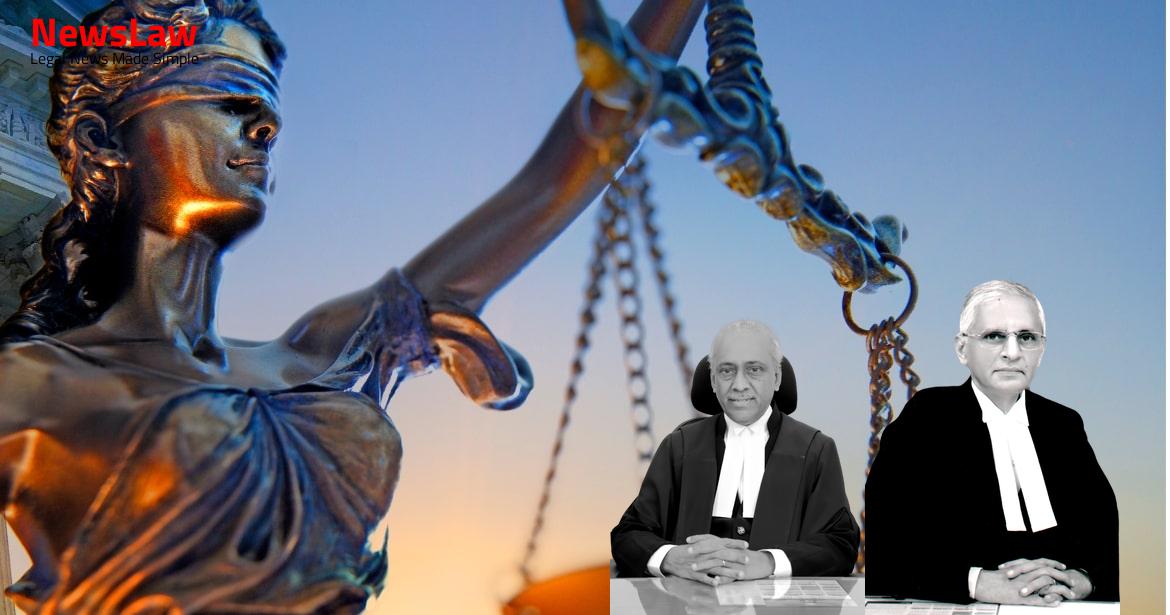The Bhotmange Family Tragedy case saw the High Court’s decision being upheld by the Supreme Court, where the death sentence of the accused was commuted to life imprisonment. The judgment focused on weighing aggravating and mitigating factors in sentencing. This verdict marks a significant development in the pursuit of legal justice for the victims of the tragic incident.
Facts
- The High Court examined the aggravating and mitigating circumstances as per the principles laid down by the Supreme Court in Bachan Singh and Machhi Singh cases.
- The incident leading to the crime was not due to caste issues but stemmed from the accused feeling falsely implicated in another matter.
- No criminal record of the accused was found during the investigation.
- Medical evidence was scrutinized by the High Court, and the testimony of the Medical Officer conducting post-mortem was found to be reliable and consistent.
- The High Court held that the victims died due to homicidal reasons.
- The High Court sentenced the accused to life imprisonment with a condition of serving 25 years before parole eligibility.
- Witness statements were found credible and corroborative of the medical evidence.
- Certain witness statements were not considered reliable by the High Court.
- The High Court upheld the conviction of Accused Nos. 1 to 3, 6 to 9, and 11 but commuted the death sentence of some accused to life imprisonment.
- Surekha Bhotmange tried to escape but was caught by the accused and went to Andhalgaon Police Station to lodge a report.
- Siddharth Gajbhiye, a family friend, was found assaulted and identified by Surekha Bhotmange.
- State C.I.D. and later C.B.I. took over the investigation due to lack of progress.
- Bhaiyyalal Sudam Bhotmange identified the dead body of his daughter Priyanka.
- A group of about 40 persons surrounded Bhaiyyalal Sudam Bhotmange’s house, leading to the assault of family members and their tragic deaths.
- Siddharth Gajbhiye was assaulted while proceeding towards Kandri, leading to his attackers’ arrest based on his statement.
- The accused arranged a bullock cart to dispose of the dead bodies in a canal after the attacks.
- The Special Court’s conviction of the respondents-accused was affirmed by the High Court, leading to their appeal against the conviction.
Also Read: Supreme Court Upholds Conviction in POTA Case: A-10 (Parvez Khan Pathan)
Issue
- High Court commuted the death sentence to life imprisonment with a condition of not less than 25 years.
- The question of whether the case falls under the ‘rarest of the rare’ category is to be considered.
- The seriousness of the offence(s) committed is to be evaluated to determine if anything less than the death penalty would suffice.
- The sustainability of the conviction of the appellants in the cross-appeals is to be examined.
Also Read: TAFRC Fee Determination Case: Upholding Expert Authority
Arguments
- Fit case for extending the benefit of doubt
- Statements of eye-witnesses (PW-2, PW-3, PW-17, PW-19 and PW-22) lack confidence due to inconsistencies and contradictions
- Inordinate and unexplained delay of 22-26 hours in lodging the FIR by Bhaiyyalal Sudam Bhotmange (PW-17)
- Unexplained delay in recording statements of witnesses, including the eye-witnesses, fatal to the prosecution case
- Medical evidence differs from ocular testimony, casting doubt on the reliability of eye-witness statements
Also Read: Urs Family Property Dispute: Supreme Court Decree
Analysis
- The power to impose a modified punishment is reserved for the High Court and the Supreme Court, not lower courts.
- The concept of a special category of sentence exceeding 14 years, beyond remission, is affirmed.
- When life imprisonment is inadequate, a modified punishment can be considered.
- A balance of aggravating and mitigating circumstances must guide the sentencing decision.
- The judiciary must consider the Doctrine of Proportionality and the Doctrine of Reform and Rehabilitation in awarding sentences.
- Inadequate investigation led to the case being handed over to the CBI.
- The High Court’s decision to impose a sentence of 25 years’ actual imprisonment instead of death penalty is upheld.
- The credibility of the witnesses is crucial, even if they are related to the victims.
- Death penalty should be the exception, with life imprisonment as the rule.
- Constitutional validity of death penalty and guidelines for sentencing in murder cases are reinforced.
- Eye-witness testimonies played a significant role in establishing guilt.
- Detailed medical evidence supported the cause of death being attributed to the injuries.
- Concurrent findings of guilt against the accused were based on solid evidence.
- Witnesses had no ulterior motives against the accused.
- The High Court, following the principles laid down in earlier Supreme Court decisions, determined that the instant case did not qualify as a ‘rarest of the rare’ case warranting the death penalty.
- The High Court carefully assessed the aggravating and mitigating circumstances before reaching the decision to not impose the death penalty.
- Before considering the death penalty, the offender’s circumstances should also be taken into account along with the circumstances of the crime.
- The ocular and medical evidence has been minutely examined and found to support the conclusions of the lower courts.
- There is no room for deviation from the well-reasoned conclusions reached by the lower courts.
- Based on the detailed analysis conducted, there are no grounds for interference with the judgments being appealed.
Decision
- The appeals filed by the CBI and the convicts have been dismissed.
- The decision was made based on the evidence and arguments presented during the trial.
- Both parties have no further legal recourse as their appeals have been rejected.
Case Title: CENTRAL BUREAU OF INVESTIGATION Vs. SAKRU MAHAGU BINJEWAR .
Case Number: Crl.A. No.-001791-001795 / 2014



